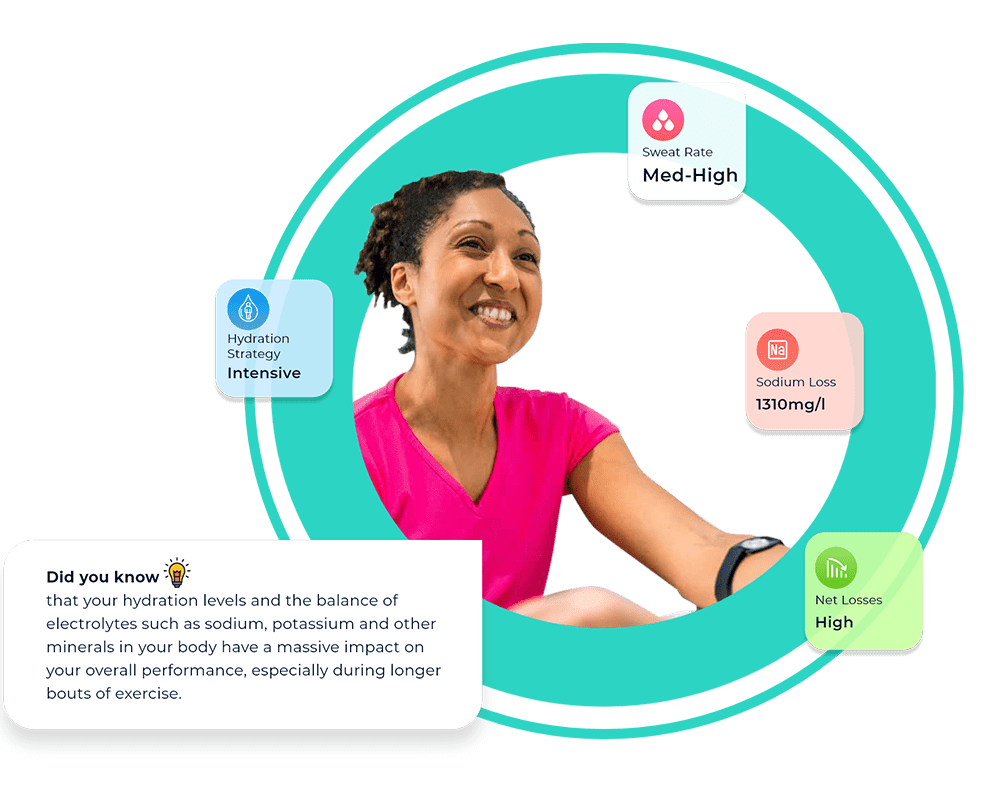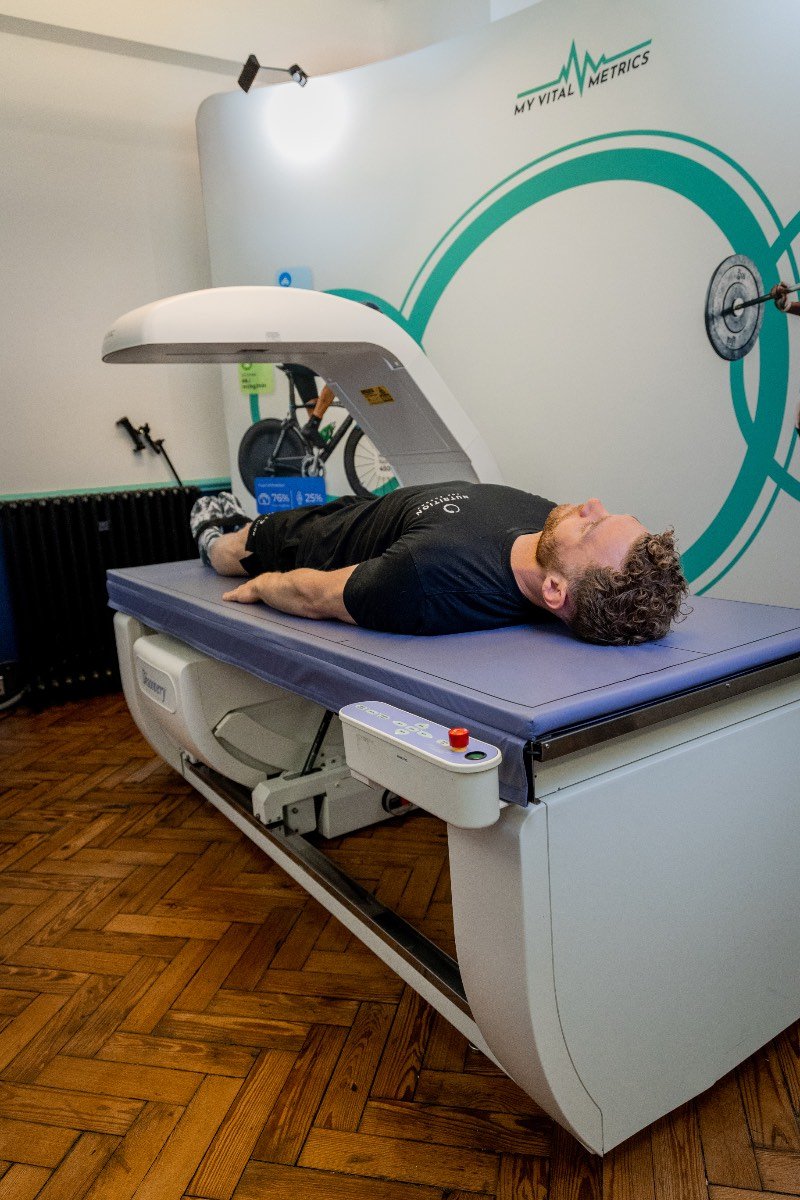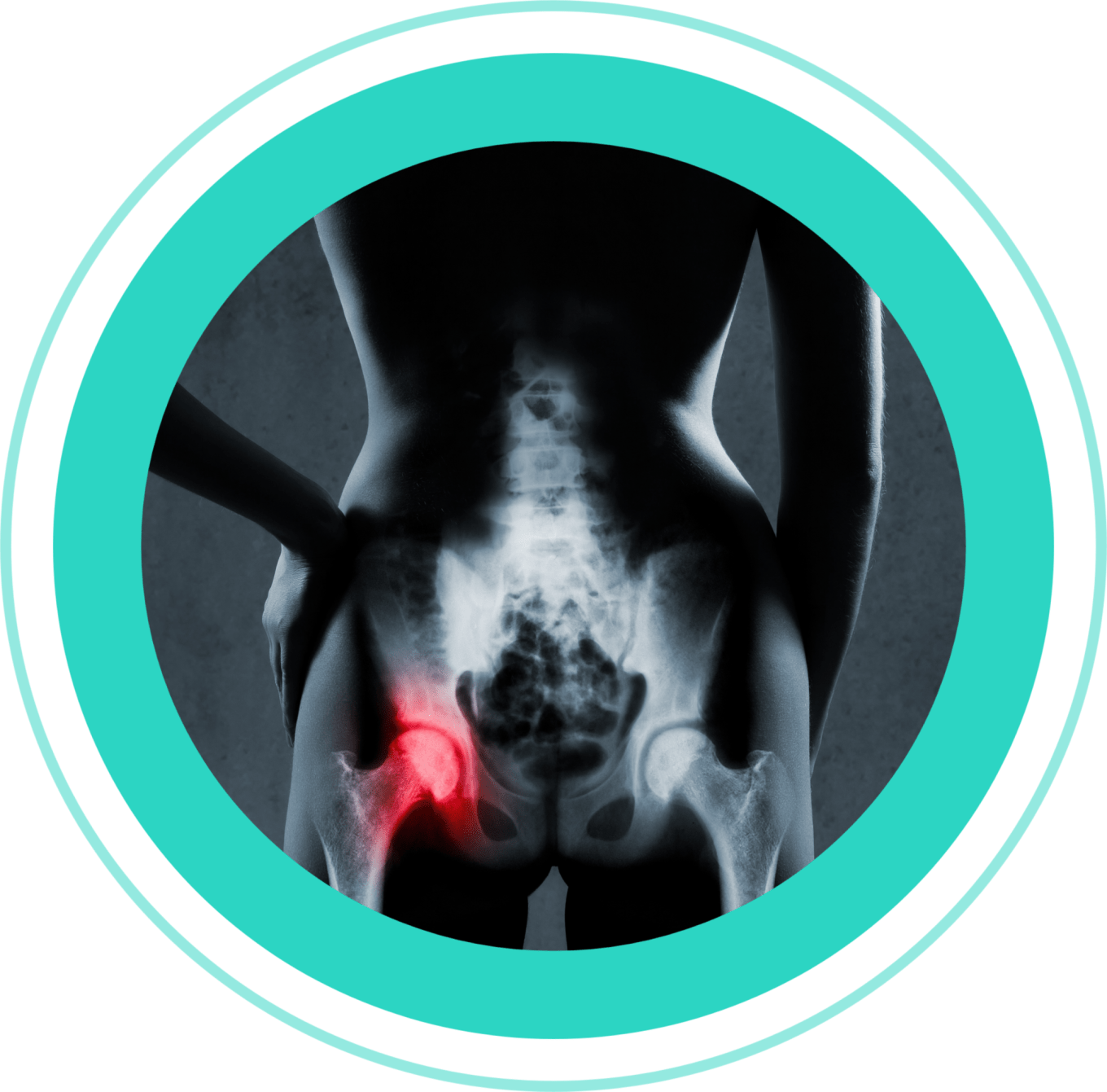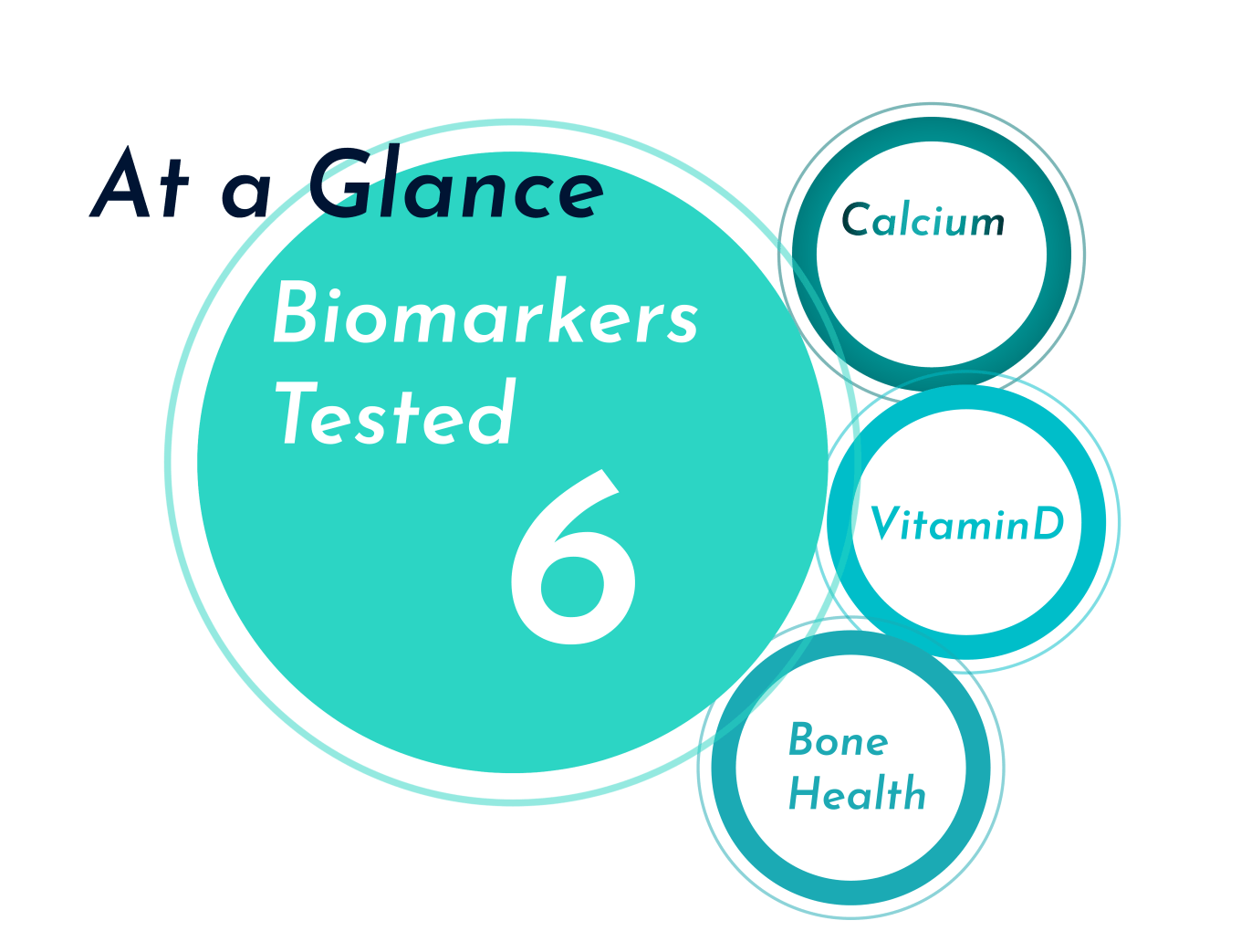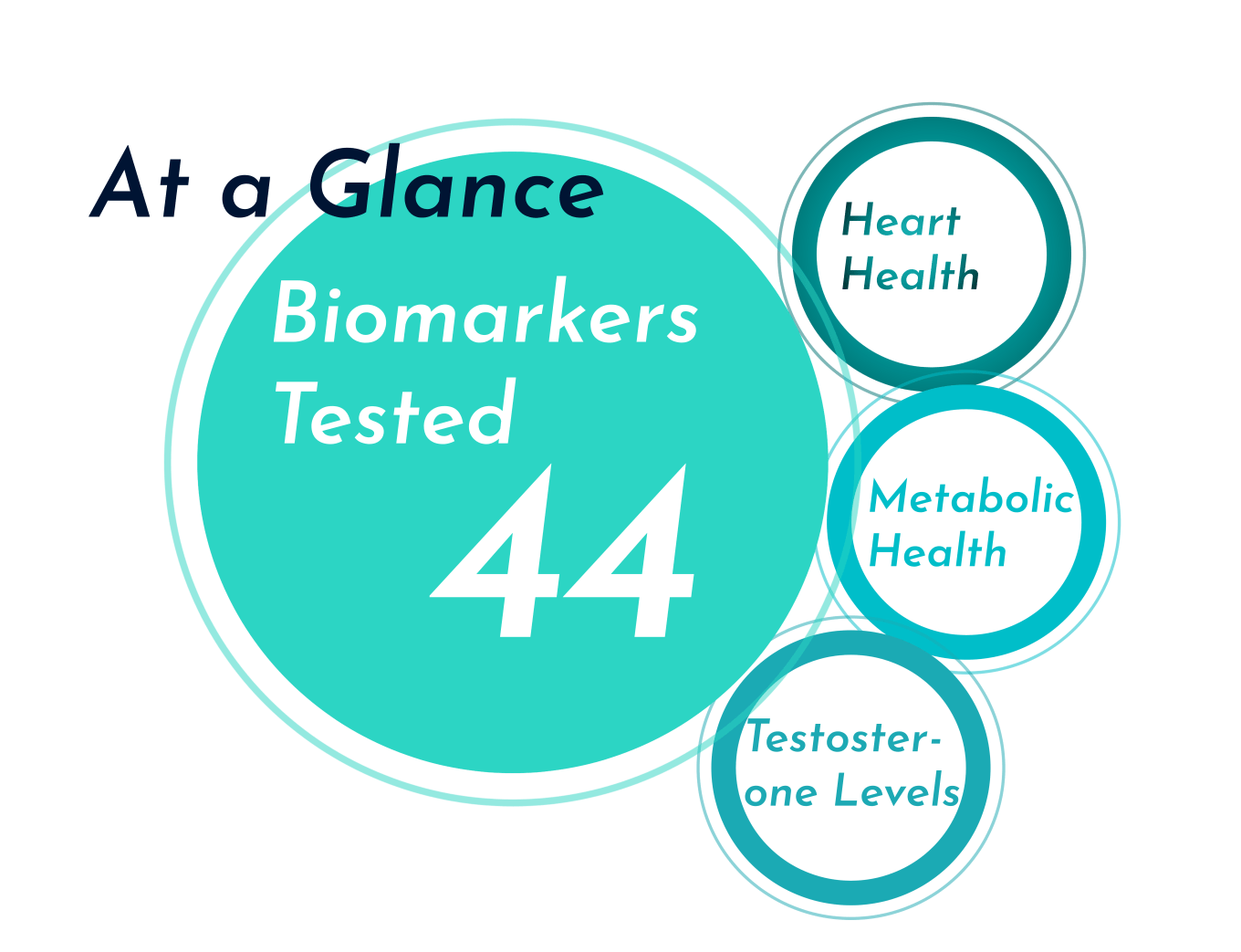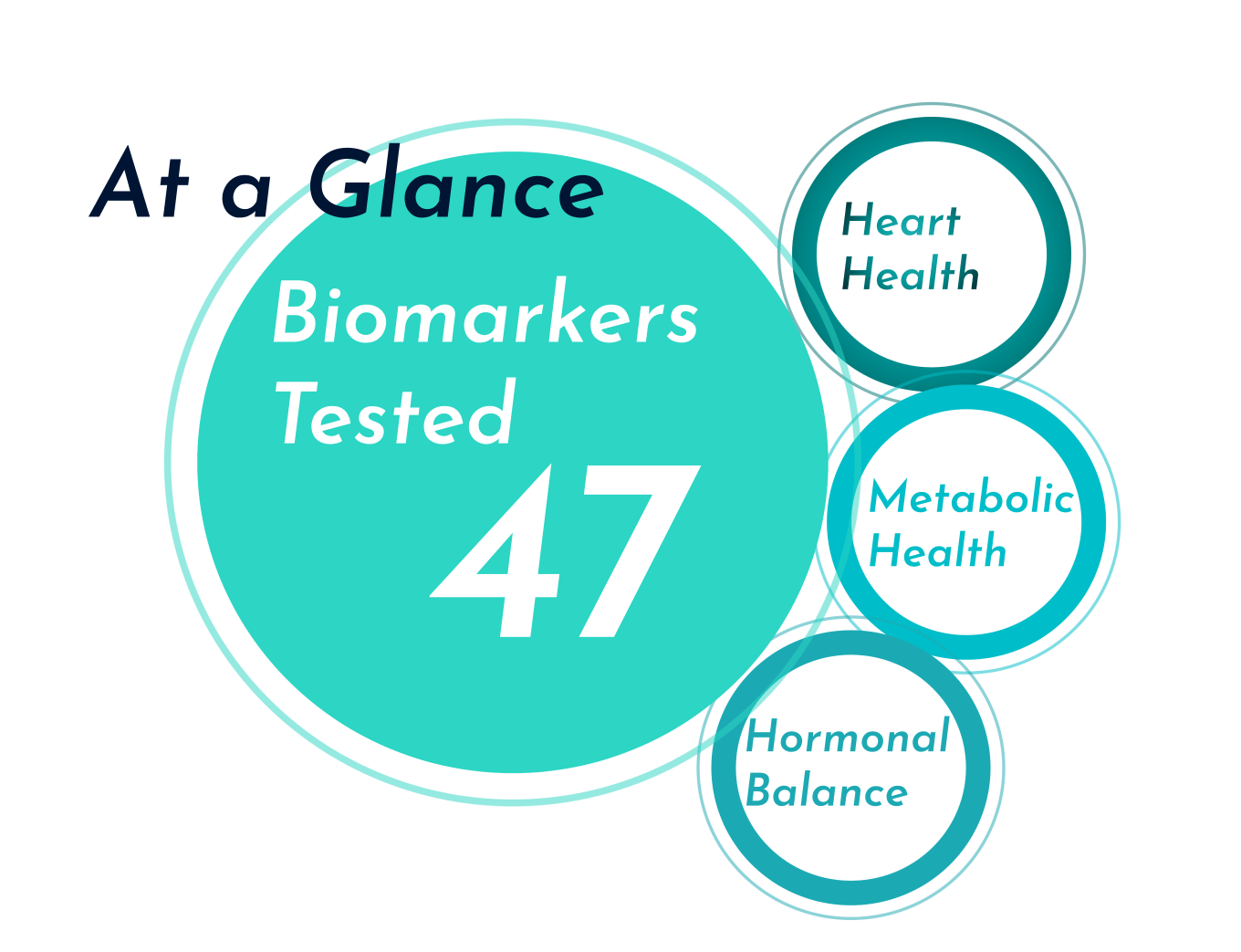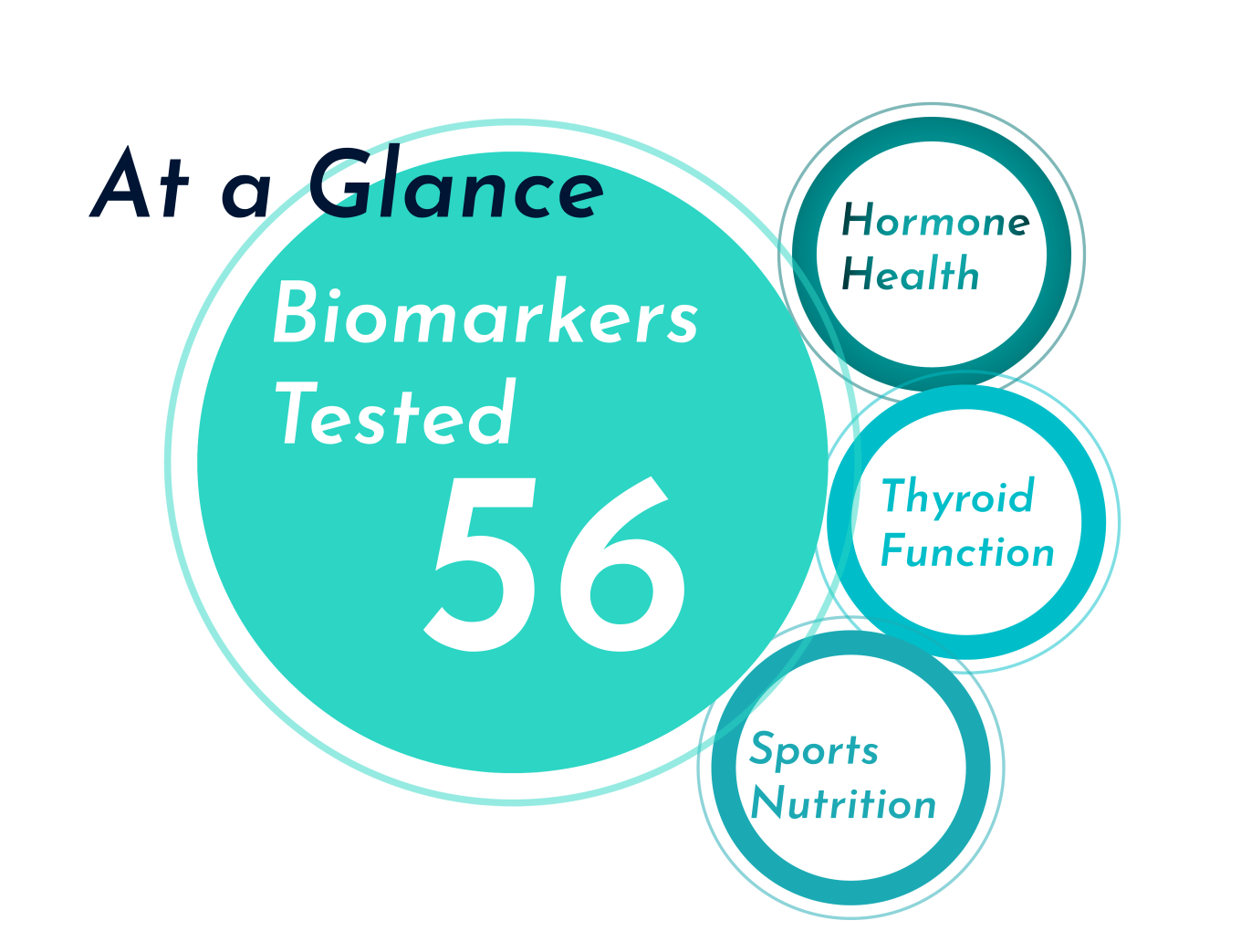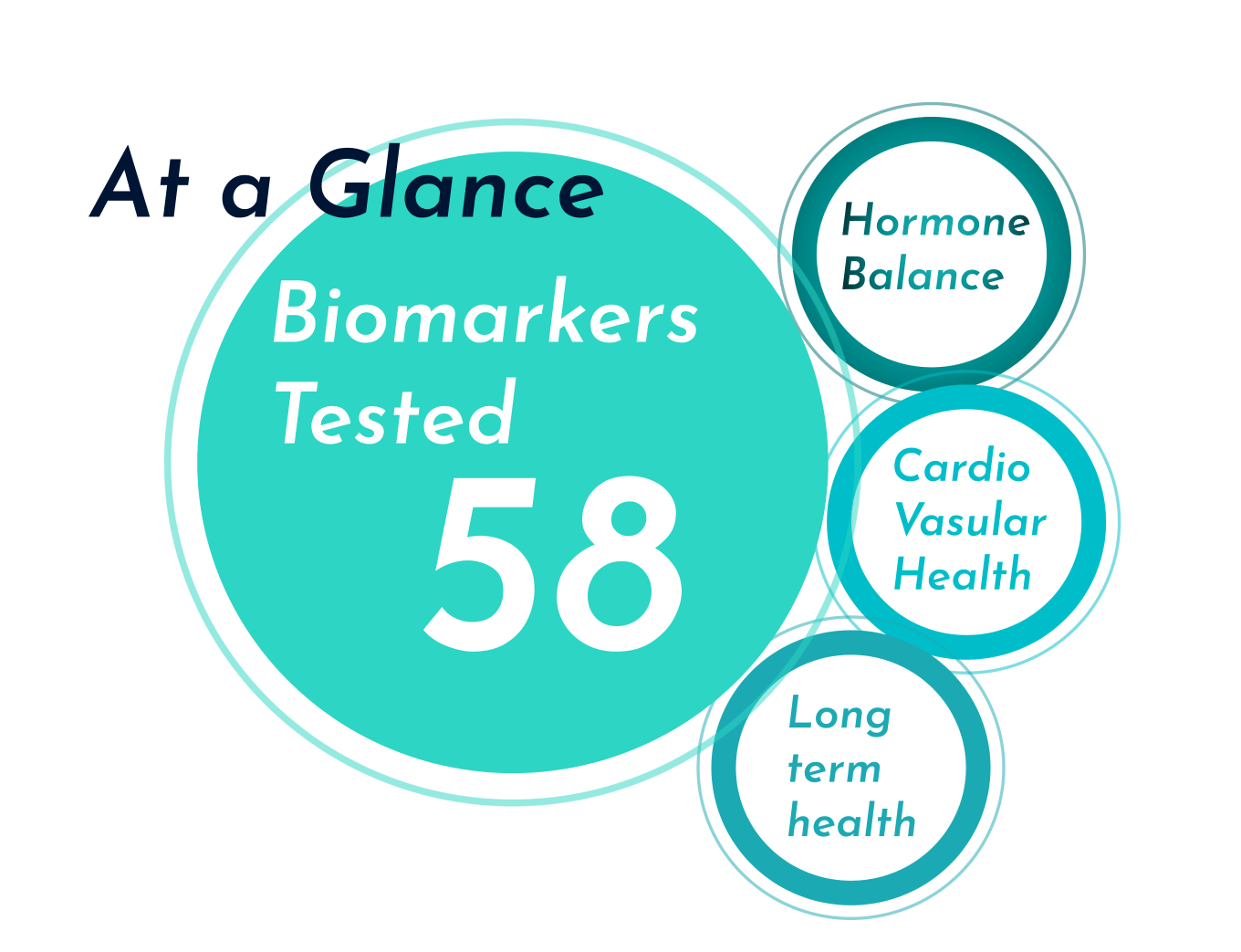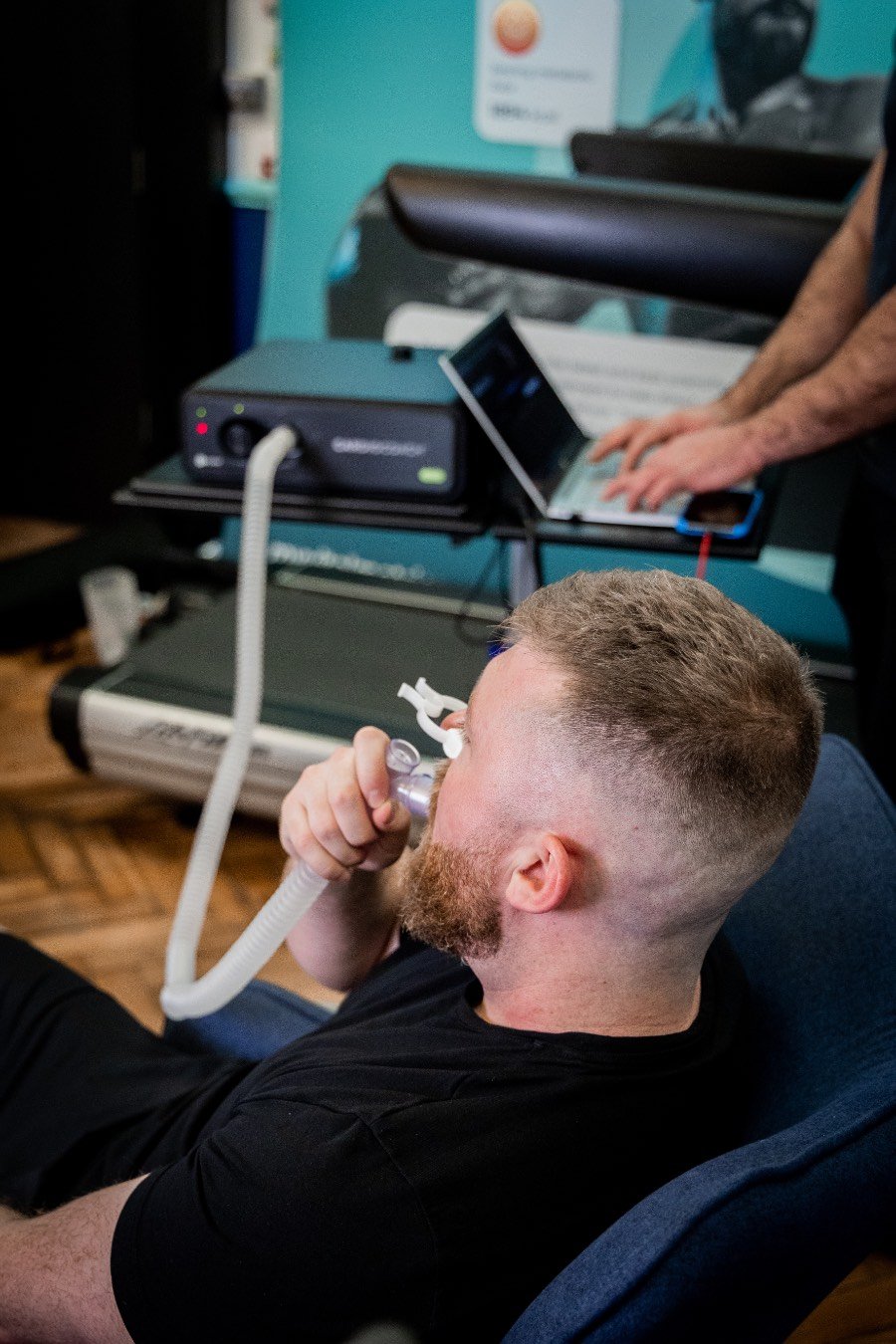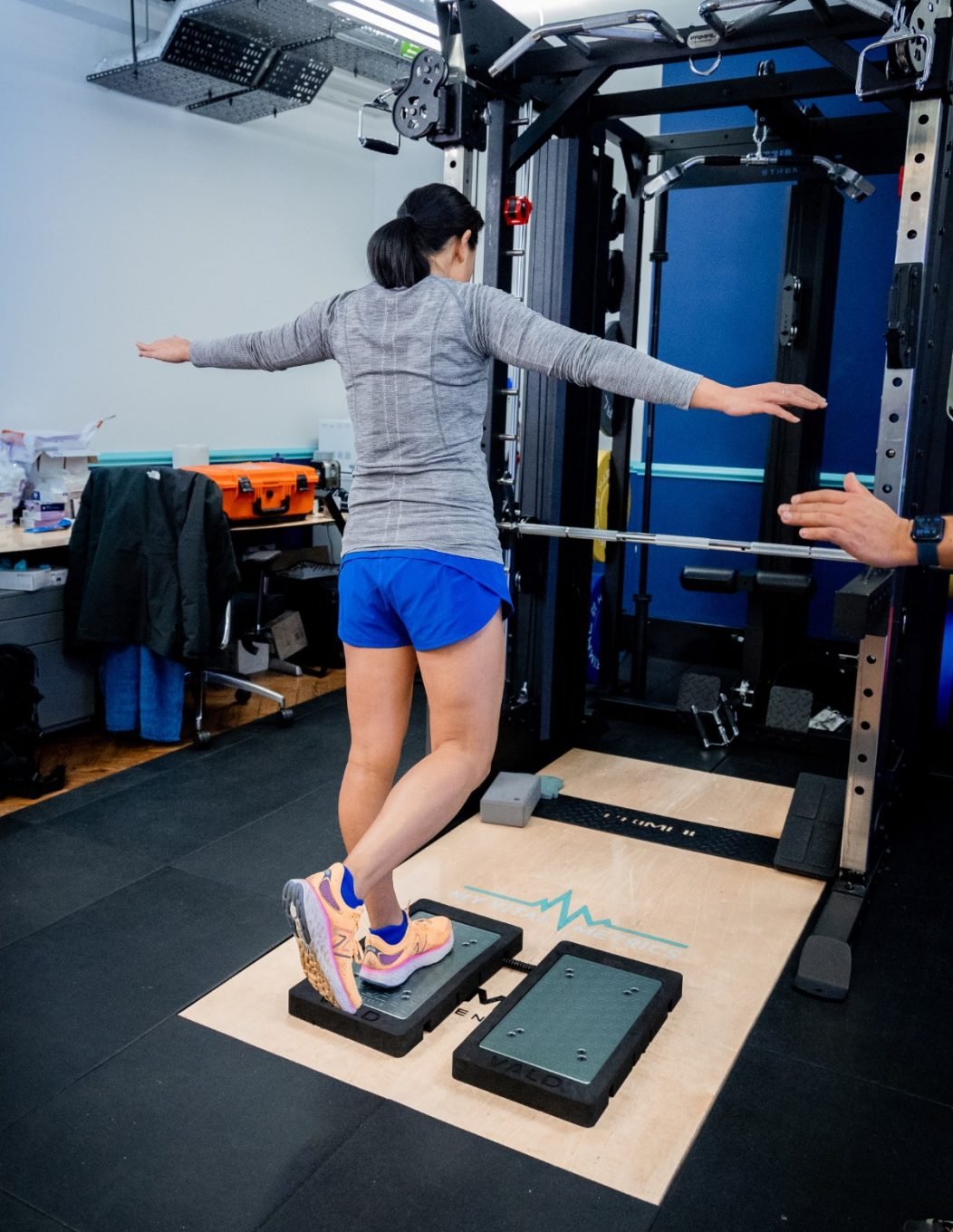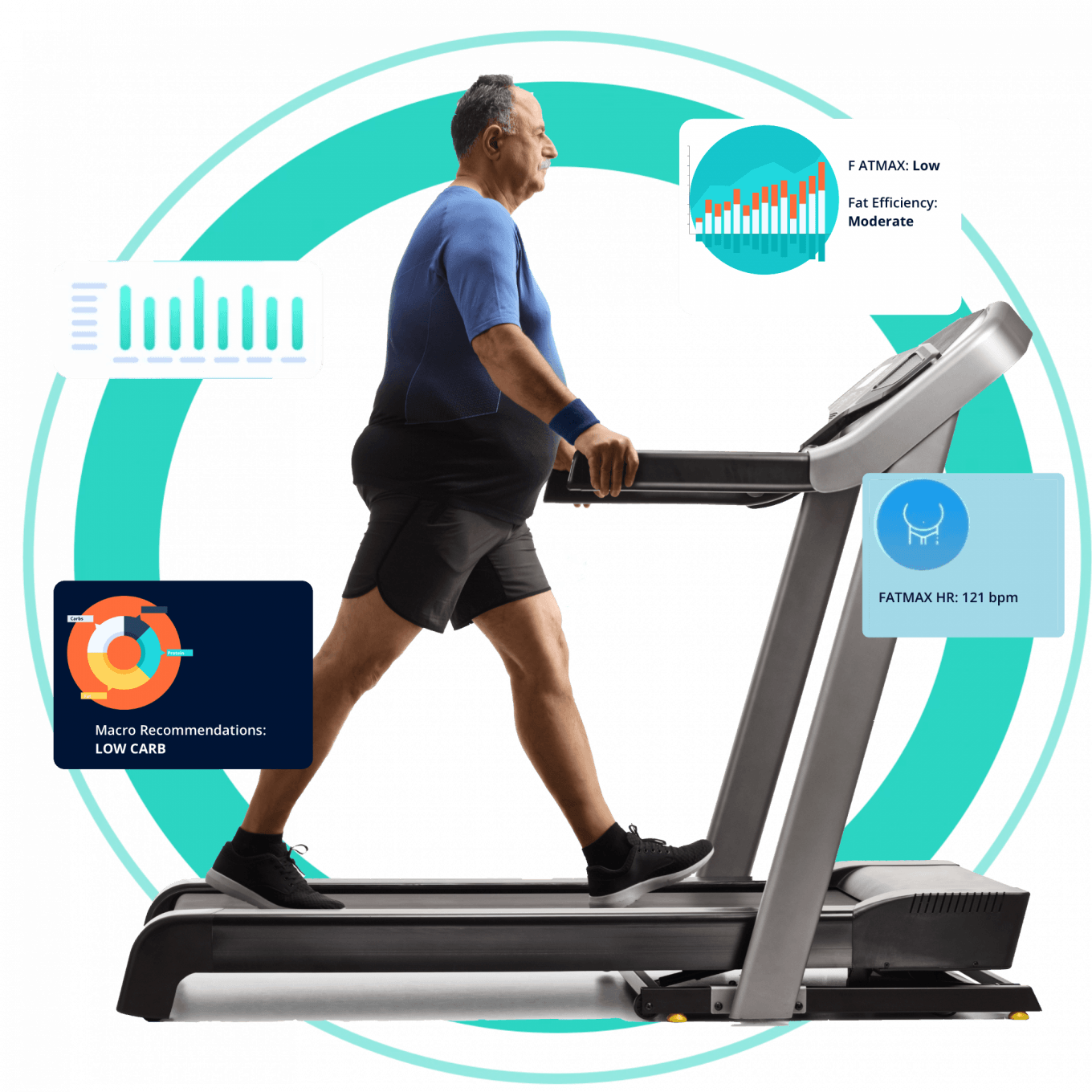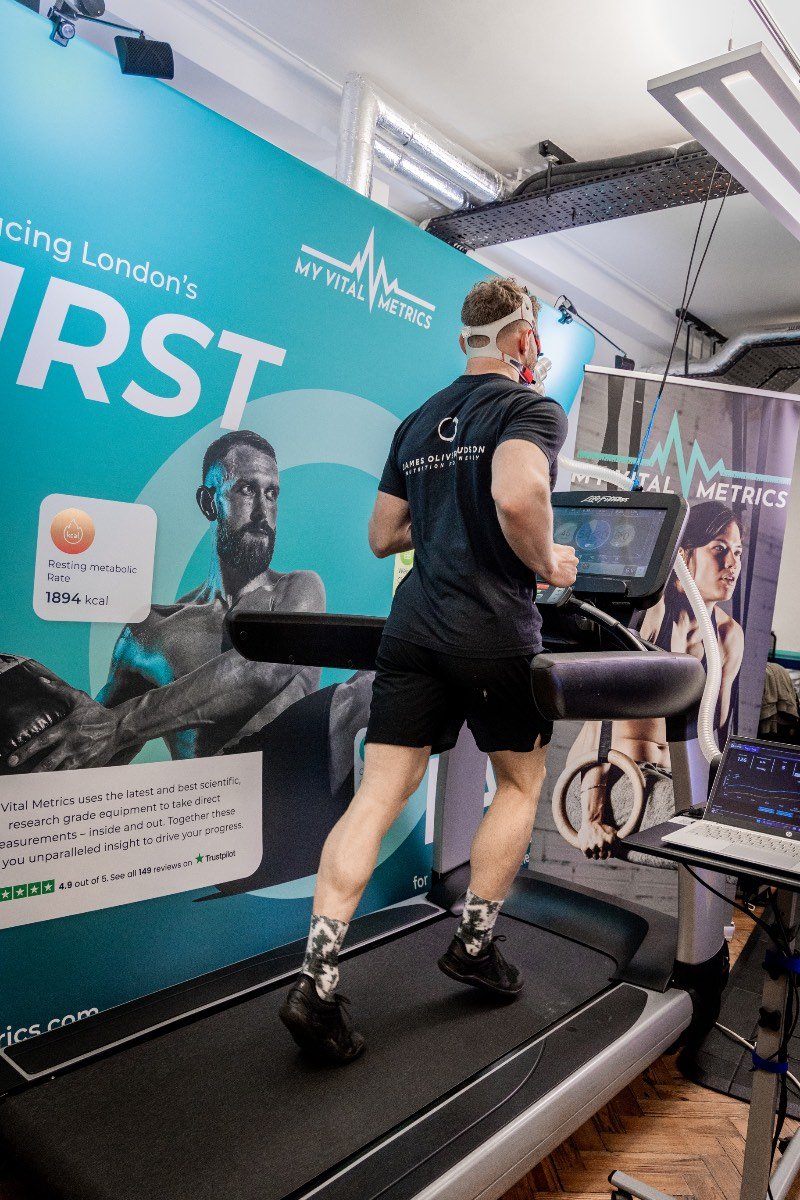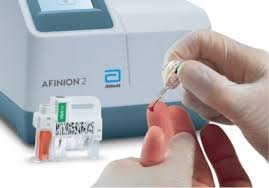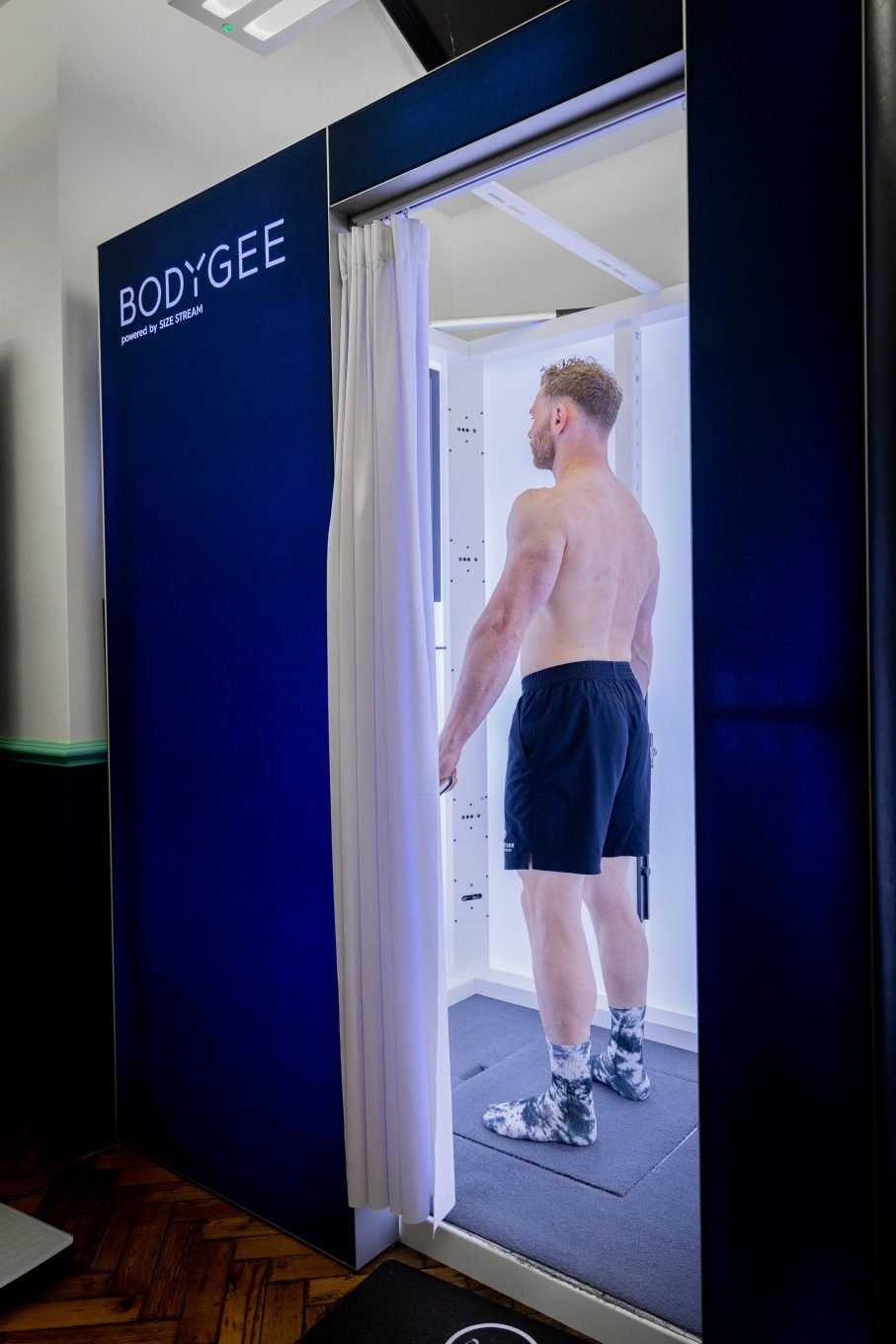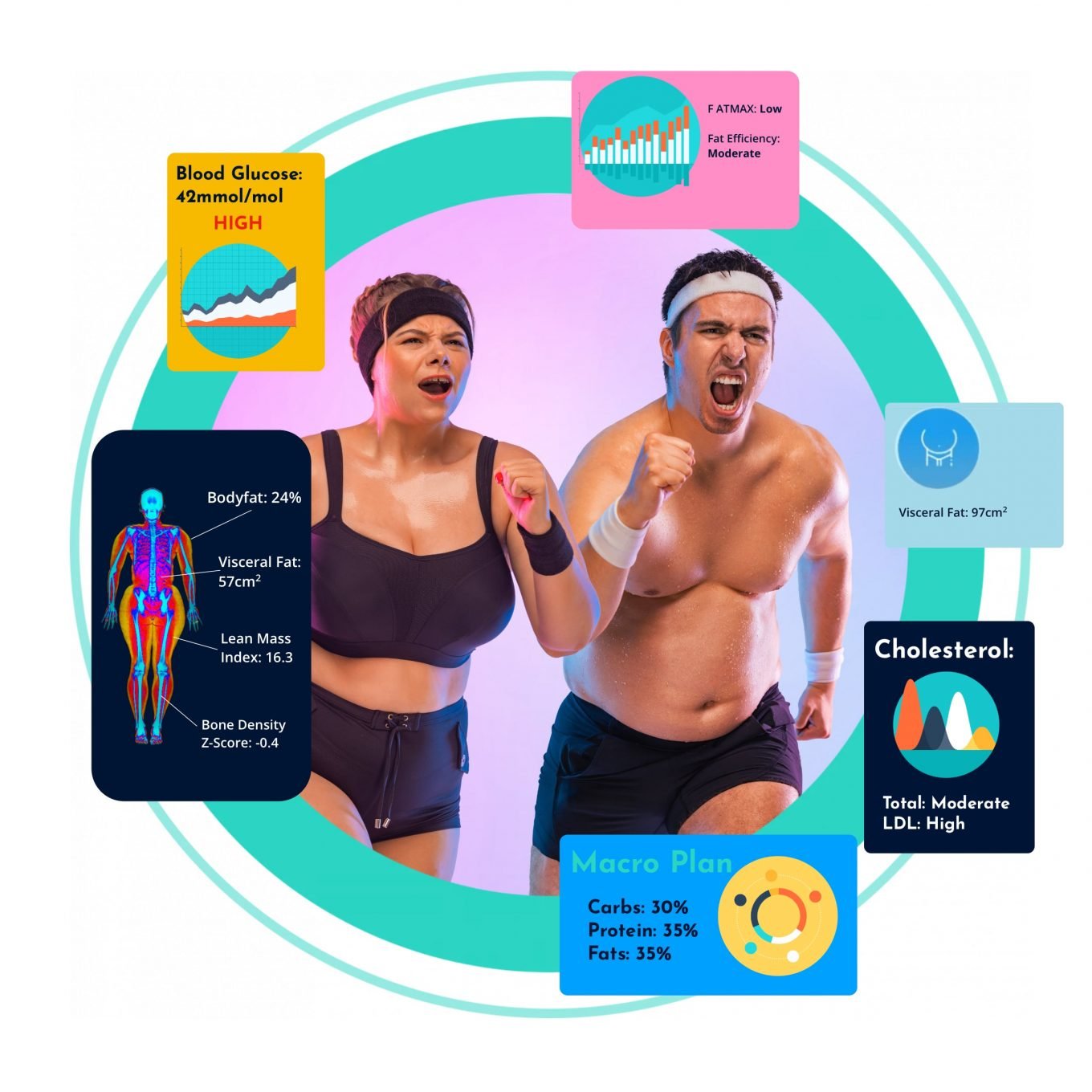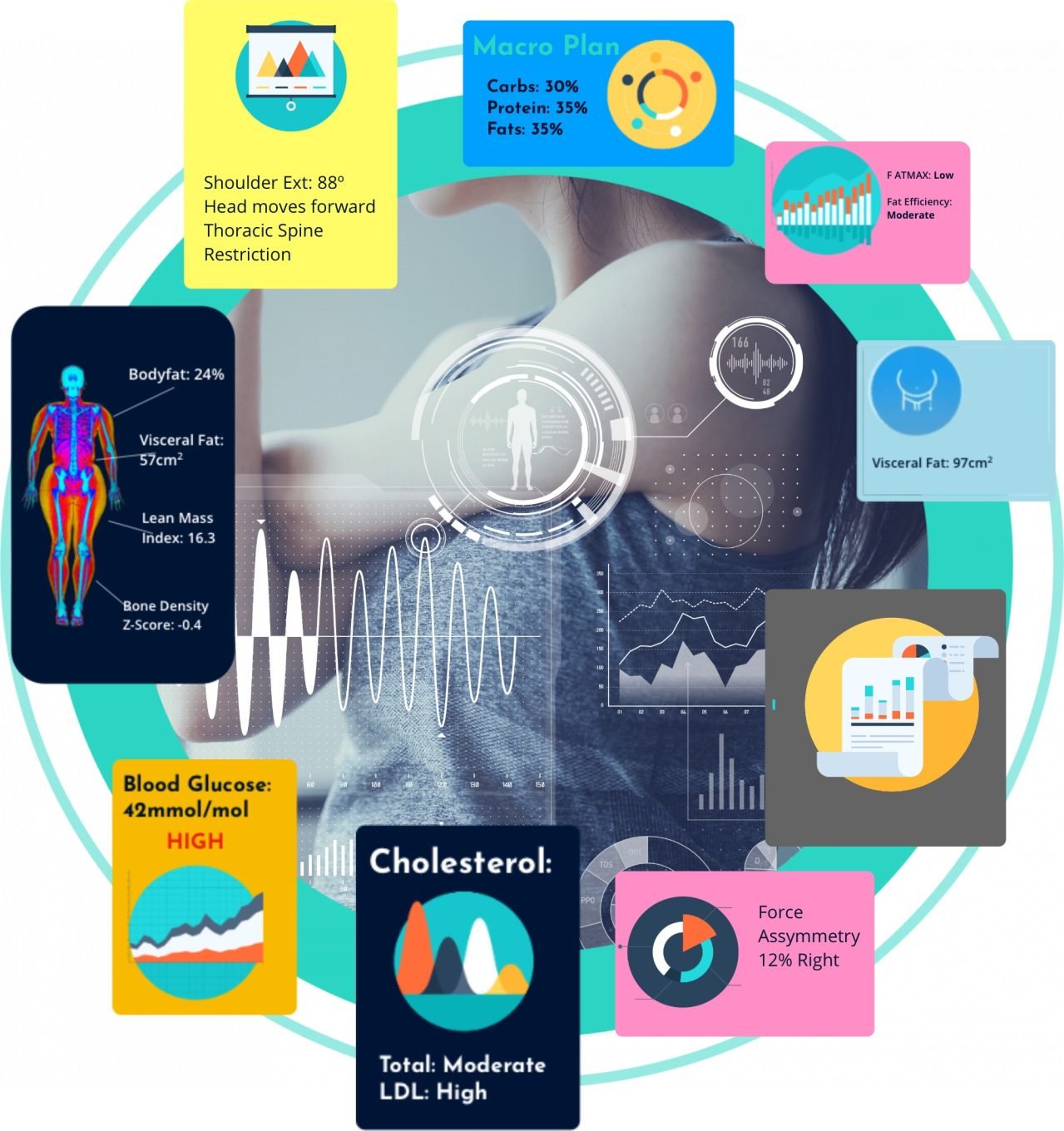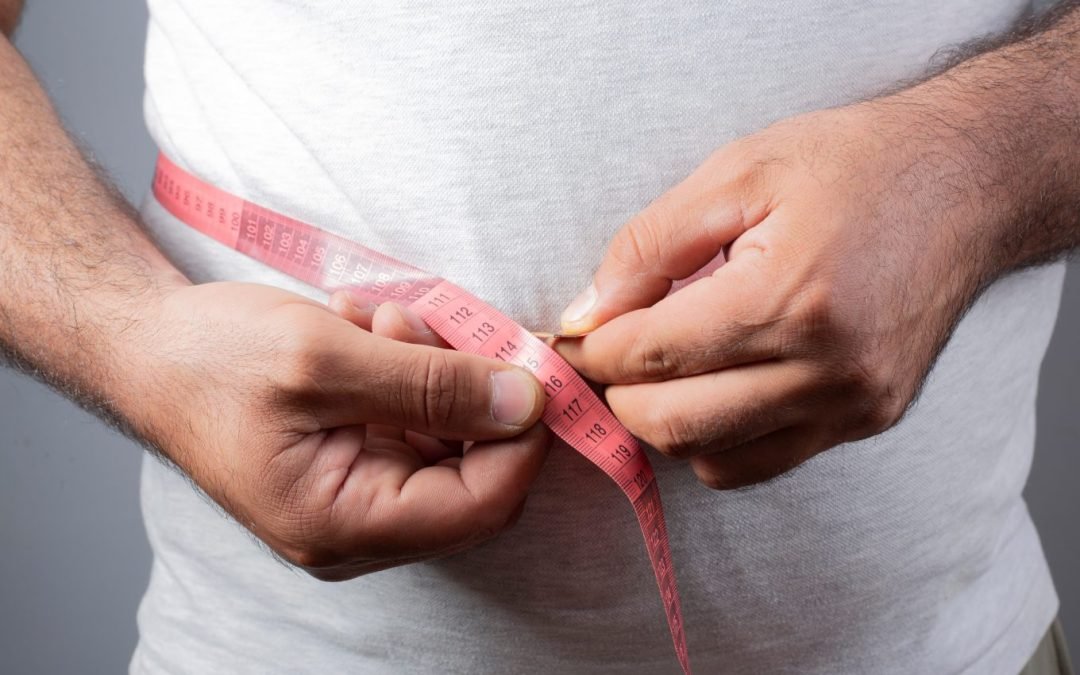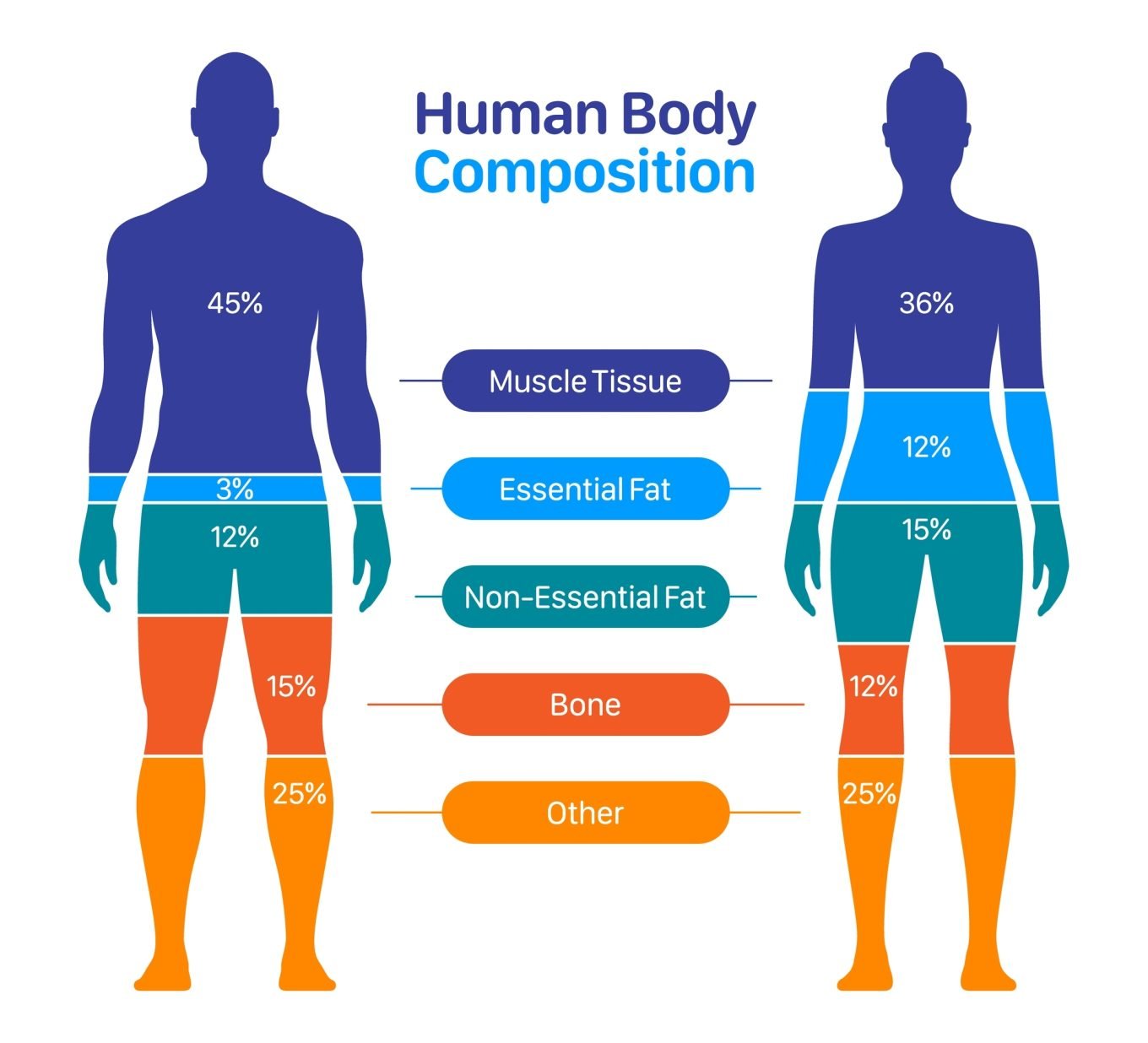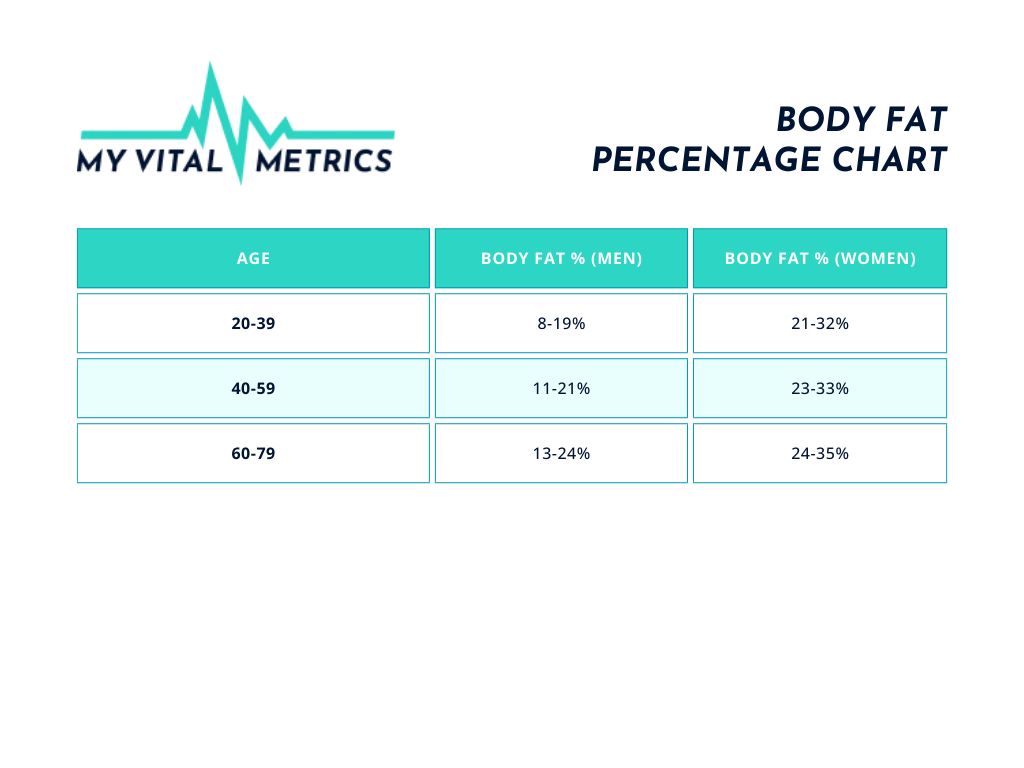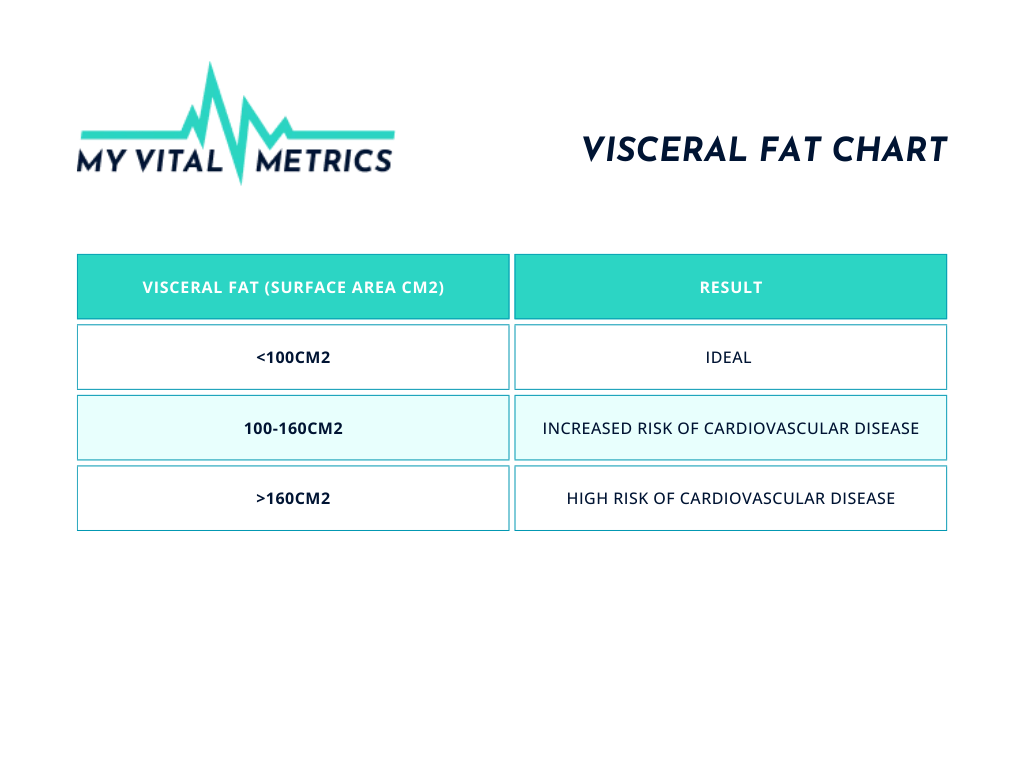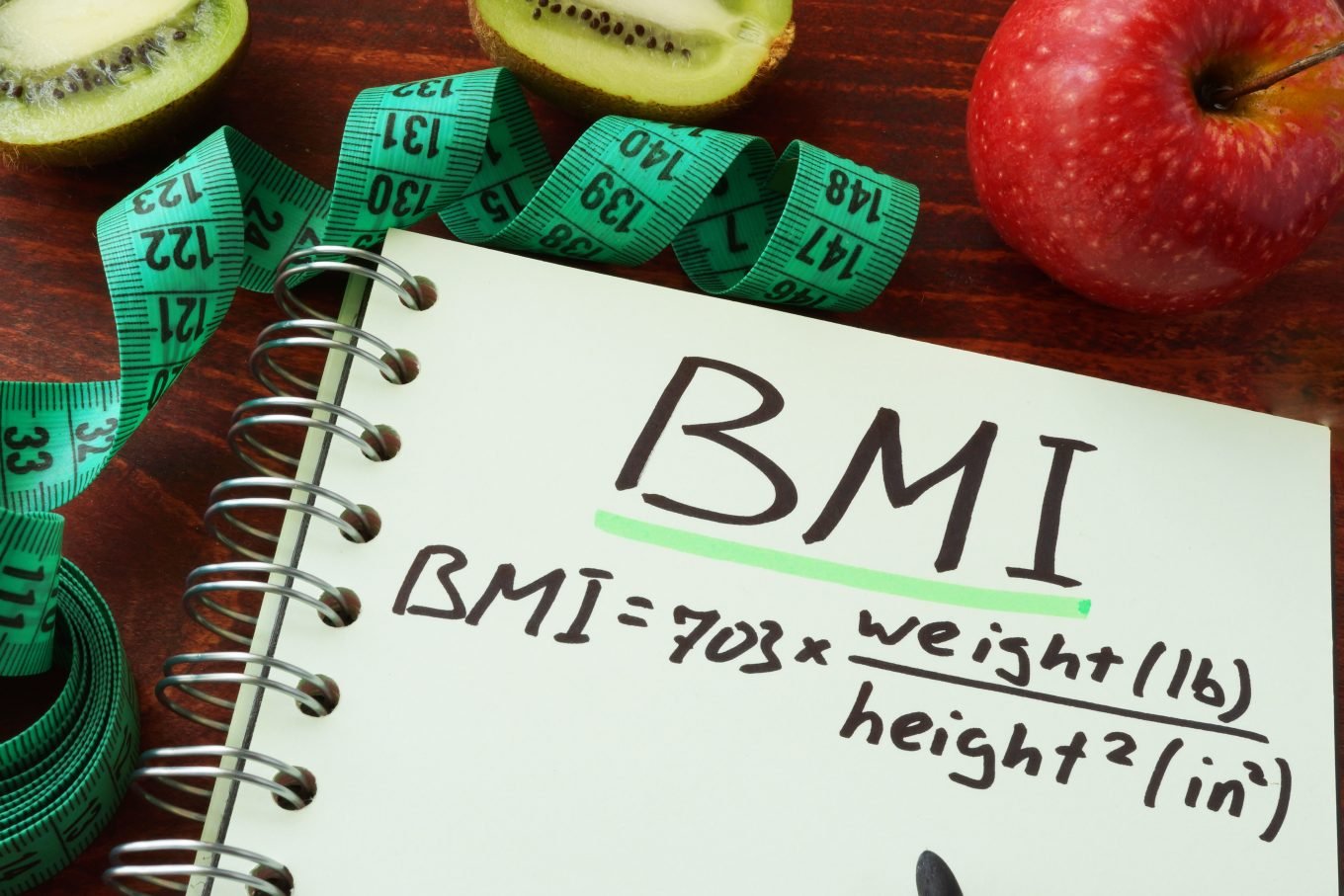The best way to accurately measure your visceral fat levels is via a professional DEXA scan for body composition. If you’re concerned about your level of visceral fat, there are actions you can take to lower it, including:
- Eating a diet high in fresh foods, fibre, and good quality fats
- Engaging in regular exercise
- Incorporating both cardio and strength-training workouts into your week
- Having a good regular sleep pattern and taking steps to ensure good sleep quality
- Substantially lowering, limiting, or eliminating your alcohol intake
- Limiting your consumption of certain fats, including trans fats
- Managing your psychological and physiological stress levels.
How to calculate body fat percentage
With so many different ways to measure (or estimate) body fat percentage, it can be hard to know which is best. Let’s take a look at some of the most popular body fat measurement methods.
DEXA scan
A DEXA scan is the gold standard in body composition testing and is the best way to accurately measure your body fat percentage. In addition to calculating your body fat percentage, a DEXA scan also measures these metrics:
- Fat mass and distribution
- Visceral fat
- Android: gynoid ratio
- Fat-free body weight
- Muscle mass and distribution
- Muscular balance
- Bone density
Plus, unlike the other body composition analysis methods on this list, a DEXA scan can tell you not just how much body fat you have, but where you are storing it.
Bioelectrical impedance analysis
You might have encountered bioelectrical impedance analysis (BIA) in your smart scale. BIA measures the rate at which an electrical current travels through the body to calculate an estimate of body fat mass. Then, an estimate of body fat percentage is calculated using demographic information such as sex, age, height, and weight.
Crucially, this is an estimate – not a measurement. However, BIA-enabled scales can be an inexpensive and accessible way to track trends in your body fat percentage at home. Since DEXA scans can only be performed once every 2-3 months, keeping track of your body composition with BIA can be a great way to stay informed in between scans.
Skinfold measurements
A skinfold test is carried out using a piece of equipment called skinfold callipers which use skinfold thickness as an estimation of body fat percentage.
Skinfold measurements are usually taken from a few different locations, including the abdomen, triceps, quadriceps, below the shoulder blade, above the hip bone, and mid-chest area. These measurements can be input into an online body fat percentage calculator to calculate an estimate of body fat percentage.
Are there limitations to body fat percentage measurements?
The biggest limitation of body fat percentage measurements is their accuracy.
When measured using a precise and reliable method such as a professional DEXA scan, body fat percentage measurements are highly accurate and a great tool for assessing overall health. However, inaccurate measurements can be misleading at best – and damaging at worst.
If you’re looking to better understand and improve your body fat percentage, getting a professional DEXA scan for body composition is the best place to start.
Which is better: BMI or body fat percentage?
